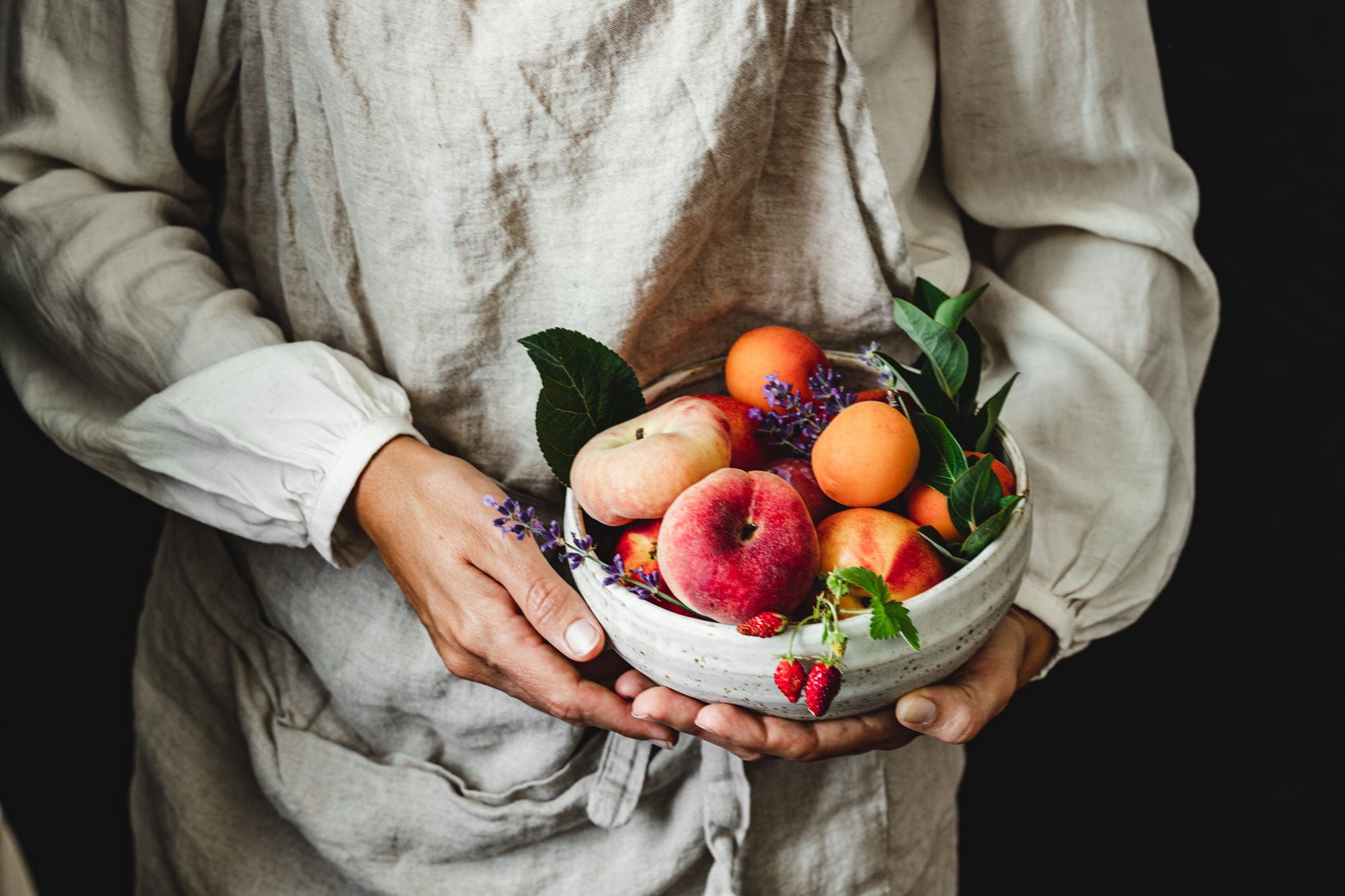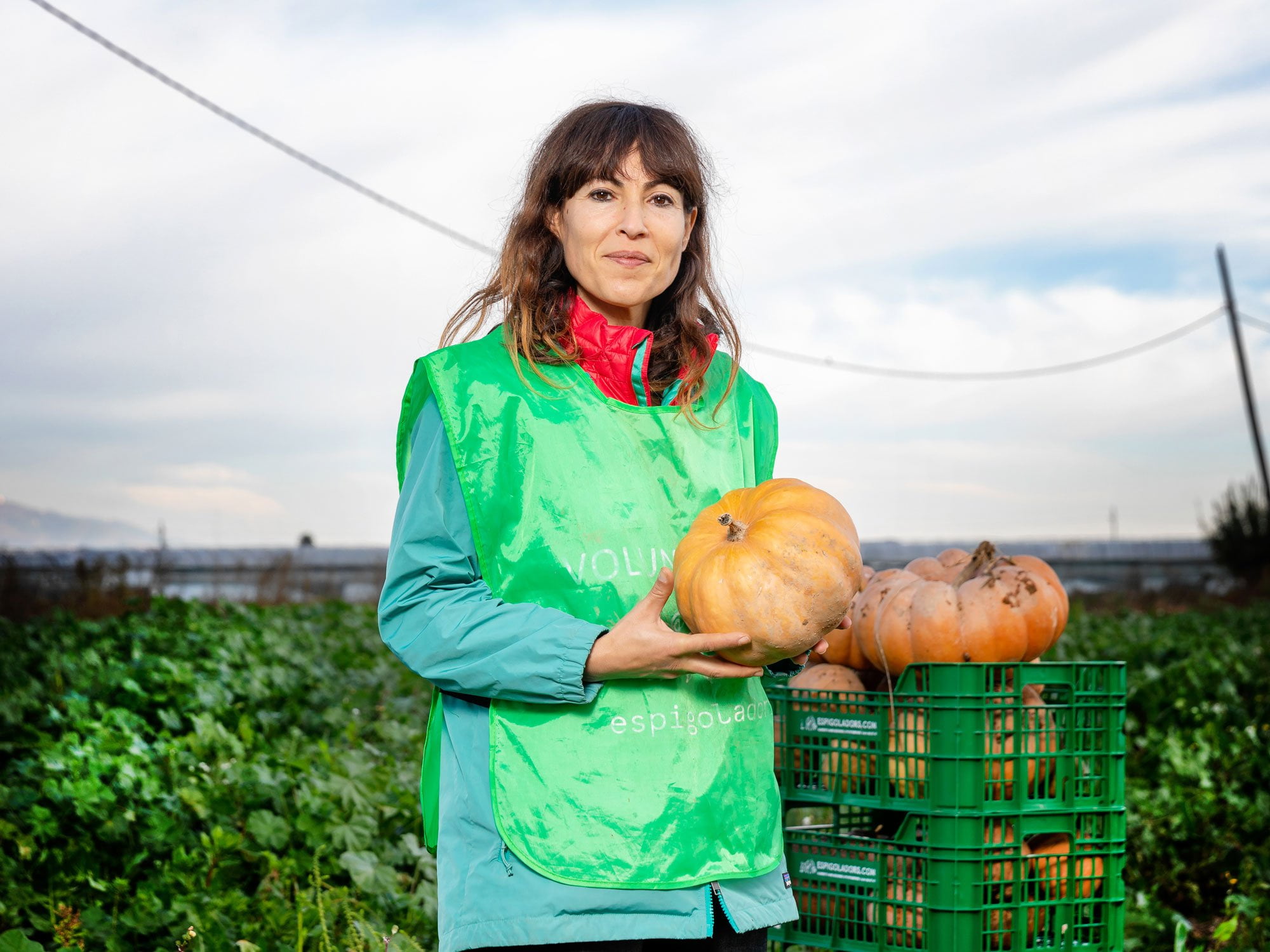Ever heard of gleaning? This age-old agricultural tradition goes back to Biblical times, but in many ways it’s more relevant today than ever.
Key takeaway
- Gleaning – collecting surplus and rejected crops from fields – was once a civil and religious right. In our modern age of overabundance, people are rediscovering this ancient way of fighting food waste and feeding those in need.
Here’s a scene that you may recognise. It’s the same story every year and takes place at the end of summer. The children are visiting their grandfather and run straight to the apple tree in the backyard. The eldest climbs high into its leafy branches and the youngest swoops back and forth on the swing tied to the lowest bough. They adore the tree. But they won’t eat the apples hanging ripe on its branches. Instead they go inside and grab one out of a plastic bag bought from the supermarket. Those are the ones they are familiar with. Bright and shiny and perfectly round.
Grandfather’s apples are covered in brown specks and rough patches. The son of generations of farmers, he will not let them go to waste. Not even the ones that have fallen from the tree days ago. “They’re still fine. I’ll just cut off the bruised bits and we’ll have some delicious apple sauce.”
“The food was worth the backbreaking work of gathering every last sheaf”
He hunches forward in spite of his bad knee to pick them up from the ground. It’s the same position as the three women in Jean-François Millet’s famous 1857 painting The Gleaners. They too stoop forward, hands reaching out for stray stalks of wheat left over after the main harvest.
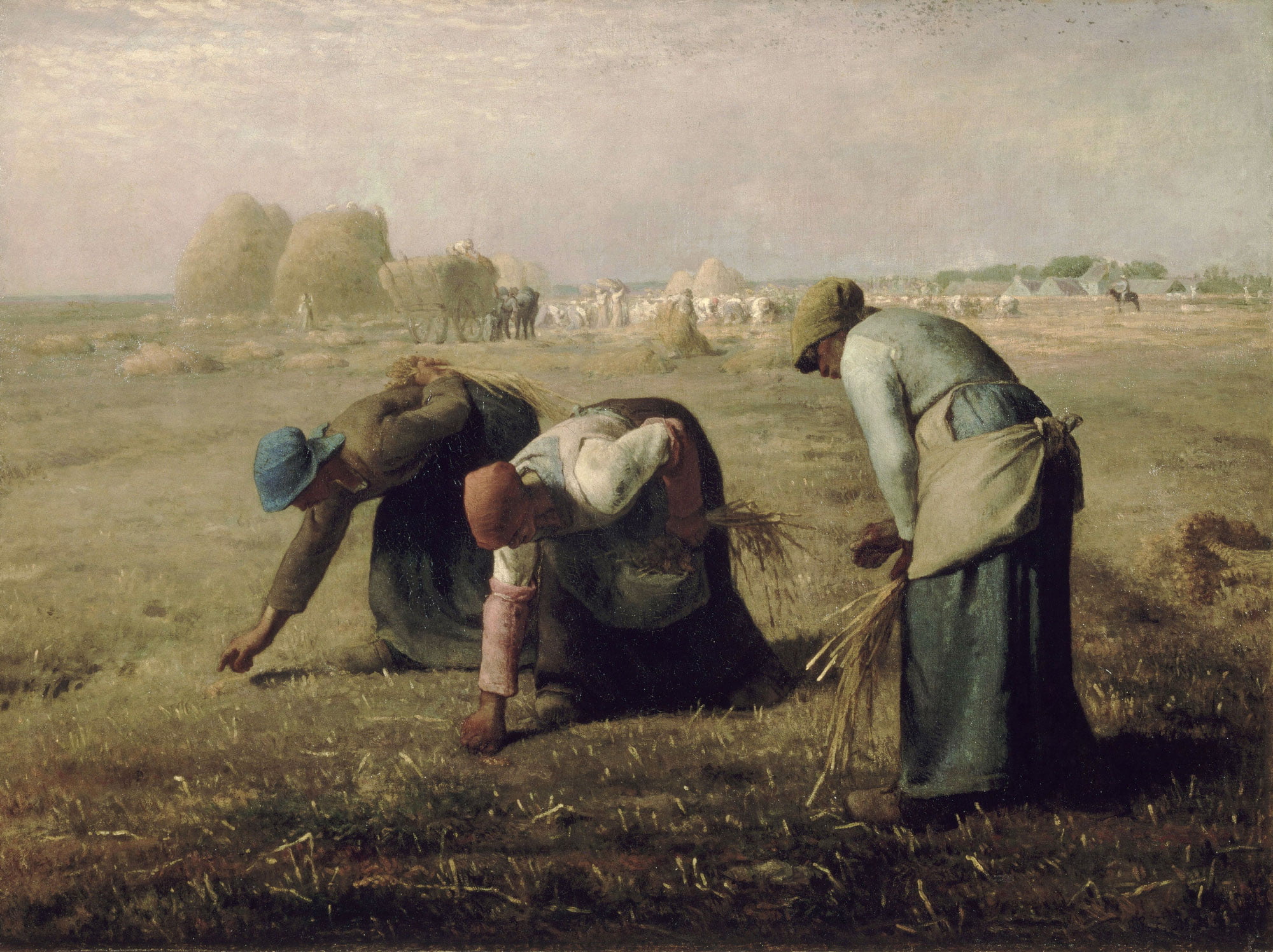
The Gleaners is one of Jean-François Millet’s most famous paintings.
The world has changed unimaginably in the century-and-a-half since Millet painted that scene, but the simple act remains the same: collecting food that’s still good to eat. The noble art of not letting food go to waste.
Millet was just one of several 19th-century painters who were inspired by this practice, as artists shifted their focus to country life and the peasant classes against a backdrop of urbanisation and industrialisation. Fellow painters Jules Breton and Léon Lhermitte created glorious portrayals of young barefoot maidens collecting golden wheat under a setting sun. But despite their lush, romantic brushstrokes, the reality was driven by poverty and real, gnawing hunger.
Such was the value of the food remaining, that it was worth the backbreaking work of gathering every last sheaf for those precious kernels that could make the difference between an empty belly and basic sustenance. Dire need meant that gleaning had long been a necessity for the rural poor.
Straight from the Bible
The tradition of gleaning is a hallowed and ancient practice, with historical references going back 4,000 years. It’s also described in the Bible. Many of us are at least vaguely familiar with the story of Ruth, an impoverished widow who ends up gleaning wheat in the fields of the wealthy farmer Boaz. While this is presented as an act of kindness on the part of Boaz, elsewhere in the Bible allowing others to glean is prescribed as an obligation.
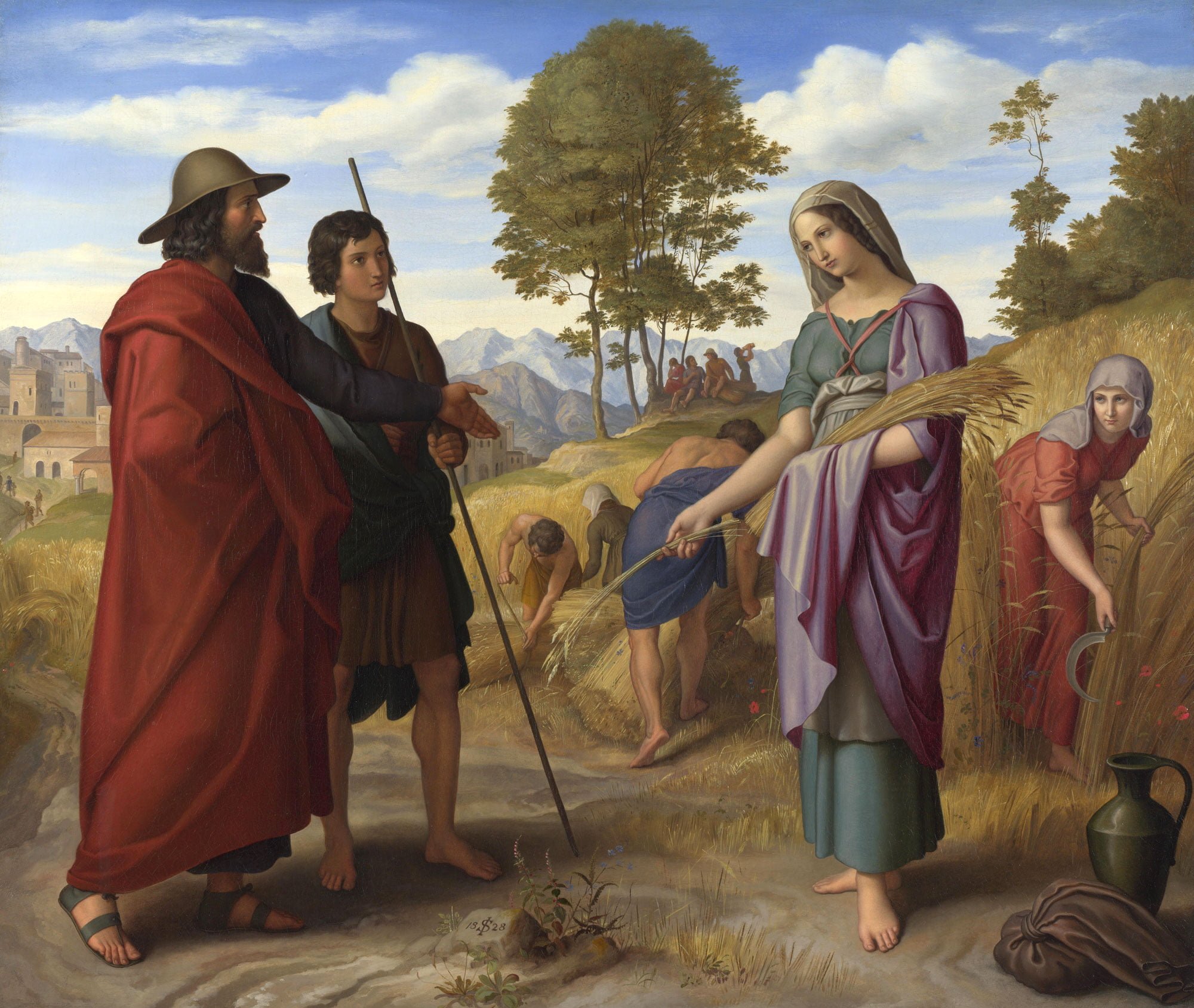
Biblical scene of Ruth gleaning as painted by Julius Schnorr von Carolsfeld in 1828.
The Book of Deuteronomy in the Old Testament dictates: “When you reap your harvest in your field and have forgotten a sheaf in the field, you shall not go back to get it; it shall be for the alien, for the orphan, and for the widow.” Similarly, fields were not to be reaped right to the edges, vineyards were not to be stripped bare and olive trees were to be beaten only once – leaving the rest for those in need.
“Gleaning is a humanitarian act … ordained to protect the social welfare of the needy”
Sandrine Badio
The right to glean lived on in agricultural societies through the ages. It was officially recognised as a civil right in French law from 1554 onwards. In England gleaning was an ingrained legal right until the 18th century.
As Sandrine Badio writes in Understanding Gleaning, a study for the Food Security Research Network, “In its very essence, gleaning is a humanitarian act… ordained to protect the social welfare of the needy.”
This social safety net received a tremendous blow in England in 1788 when a Suffolk woman by the name of Mary Houghton was taken to court for trespassing, after gleaning in the fields of wealthy landowner James Steel. In what came to be known as the landmark Steel v Houghton ruling, the protection of private property prevailed, and gleaning was no longer judged to be a right, but a privilege that could be granted, or not.
The precedent was set and what was previously an unquestioned part of the regular harvest came under attack across England. Gleaning rights in general were reduced across Europe and more efficient modern agricultural technology resulted in there being less left to glean.
A modern revival
Today, people are rediscovering gleaning. But what makes the present so different from anything in our history is the abundance of food and the sheer volume of what is left in the fields, at least in the western world.
Spoiled for choice, we can afford to let surplus crops rot away. Only the best and most perfect produce is sold to supermarkets to please picky consumers, who leave anything with a hint of a blemish on the shelf. And mechanisation means that anything smaller than the norm goes uncollected and is not worth the cost of picking.
But the cost of leaving crops in the fields is high in a world where we throw away one third of the food we produce. Growing awareness of the environmental impact of food waste, together with the shameful irony of discarding food when one in nine people still go hungry, means that legions of volunteers are stepping forward and rolling up their sleeves to do something about it.
It started with potatoes
The Society of St Andrew, set up in 1979, is America’s oldest and largest gleaning organisation. Their motto is: “Reduce waste, end hunger”. The society’s current director, Lynette Johnson, describes how back in the early days, the founders spoke at a church in an area that grew a lot of potatoes. They told people that if they started digging in their fields they’d find literally tonnes of potatoes left in the ground by the mechanical harvesters. The farmers didn’t believe them. After the service they went out into the fields and sure enough, found lots and lots of potatoes still in the soil. Within a month they had farmers calling them to donate more than 100 tonnes of potatoes.
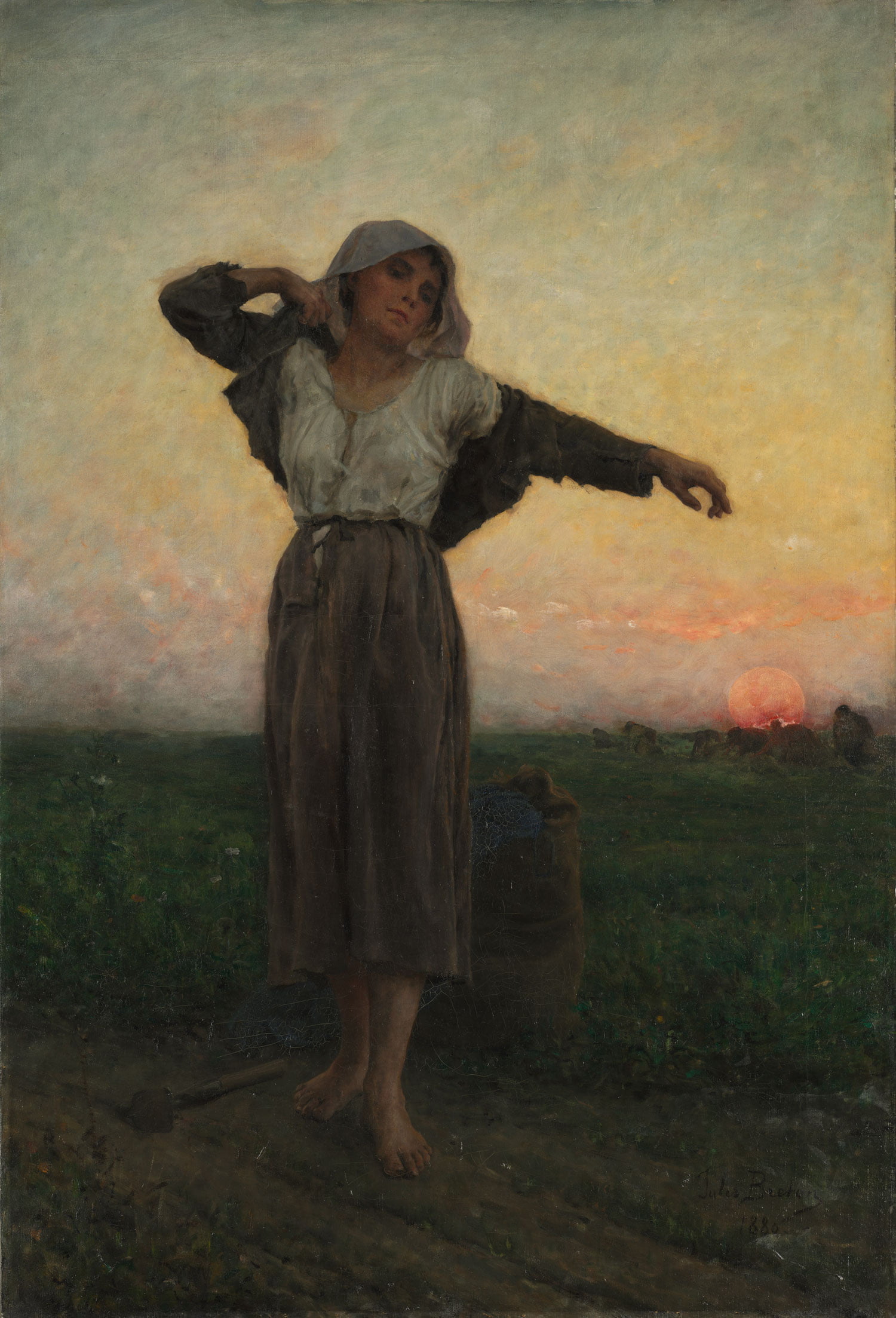
The Tired Gleaner by Jules Breton, 1880.
Today they work with an astounding 30,000-40,000 volunteers spread across different states, and in a typical year they recover between 13,000-14,000 tonnes of fruit and vegetables. “40% of food grown in the US goes to waste and if you consider that 54 million people during the pandemic − and 36 million before − don’t know where their next meal is coming from, the volume of food going to waste is really tragic,” Lynette says.
“Some people we speak to misunderstand, and think we are talking about cleaning”
Rosie Linford
And yet, the practice of gleaning is still not widely known. “Some people we speak to misunderstand and think we’re talking about cleaning,” Rosie Linford says. She is a local gleaning coordinator for UK food waste campaign group Feedback. They have recovered over 40 tonnes in Sussex and Kent this year and donated their pickings to 26 food charities. “It feels so satisfying to know that every apple or plum you pick is going to someone who needs it. But it’s hard to stop at the end of the day when there’s still so much more left,” she says.
Social solution
Although she loves gleaning, she is eager to stress that it doesn’t solve the problem of food poverty or the scale of food wasted: “It helps for the near future until better solutions are found”. But she explains that there is another key element to gleaning that is often overlooked – the social element.
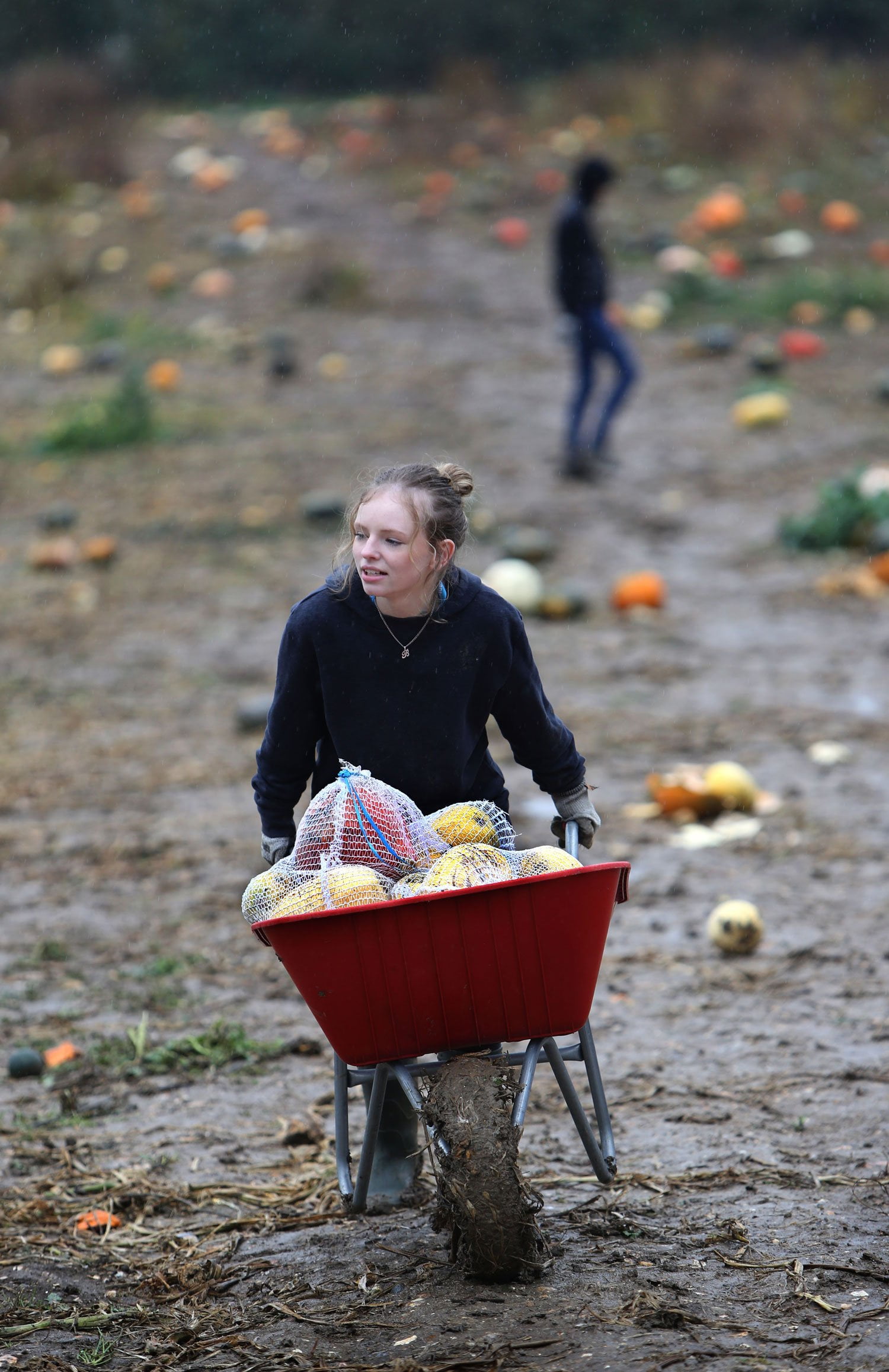
A student gleans pumpkins for UK food waste organisation Feedback. Photo: Martin Pope
Rosie notices that this can really make a difference − especially for some of the community groups that she works with. “This autumn we did a pumpkin glean after Halloween with a local youth group and they had a wonderful time.” Many of them have experienced social disadvantages or mental health challenges, and it’s harder for them to have access to the countryside and opportunities to work in a team together with others. “The sense of achievement at the end of that day was really tangible”. She loves the “give and take” aspect as well. “It’s really nice that people volunteer their time, but they get something out of it too. There’s something really special in that.”
And, let’s not forget the educational element. “For parents and children, it’s a great opportunity to understand where their food comes from,” Rosie adds.
It’s a good point. How can we expect to understand something that we are never involved in? Perhaps after some time spent volunteering in the fields, come August next year, the kids will see the apples in their grandfather’s yard for what they are – fresh and delicious food. An ancient tradition could become a new family activity. Grandpa could certainly use an extra pair of hands.
Discover more
- Feedback’s Gleaning Network offers a wealth of inspiring hands-on information.
- Those wanting to go gleaning in the US can visit the Society of St Andrews website.
- For some more historical context read Sandrine Badio’s full article Understanding Gleaning.
